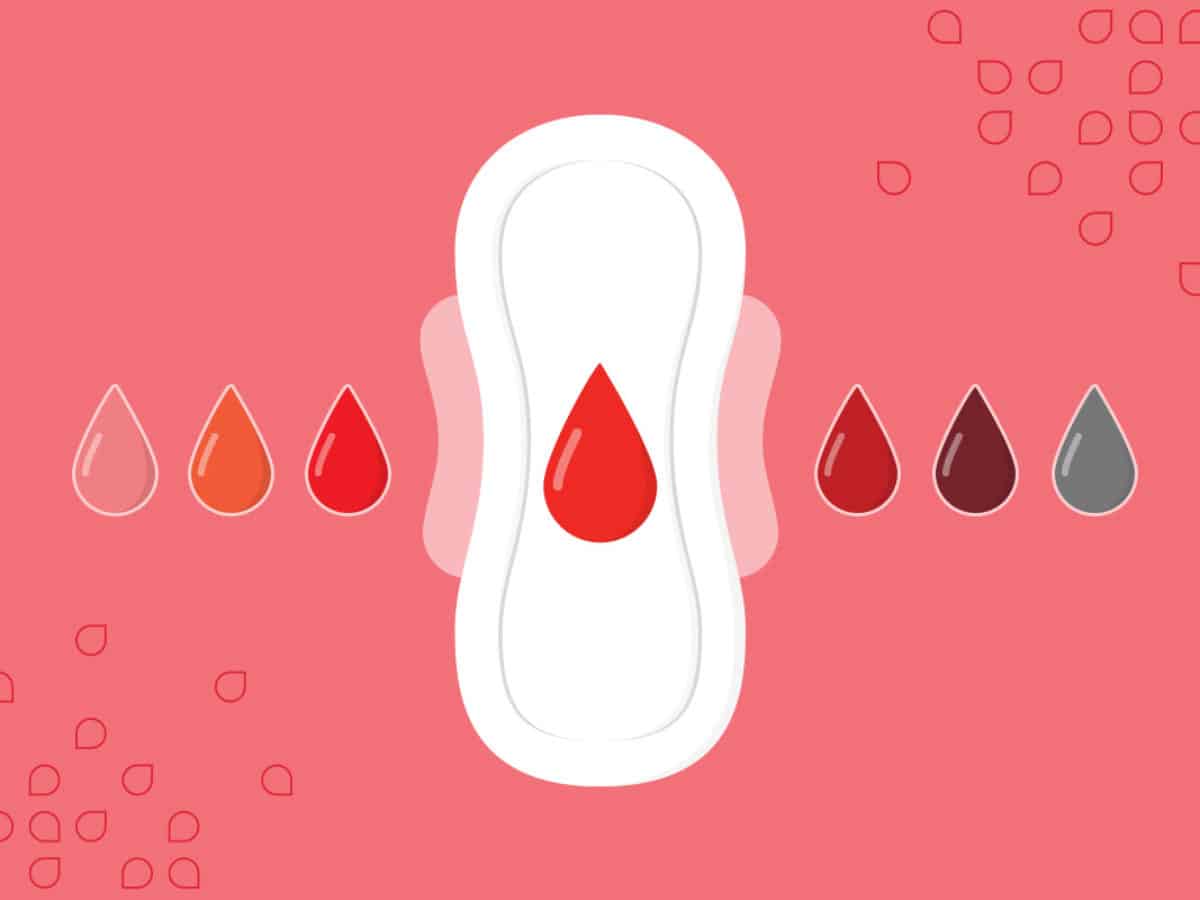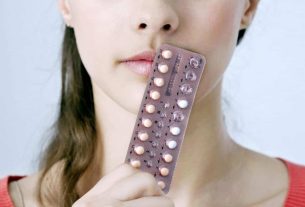Many women worry when they have a clot during their period. However, most of the time this is normal.
Menstruation always causes concerns for women, whether there is a lack of it or an excess of it. Mainly when there are clots during menstruation. However, the fact that these blood clots come out is generally considered normal. Yes, it is related to hormonal imbalance during the cycle.
In short, when there is a change in hormones, it can cause the lining of the internal walls of the uterus to thicken. This ends up causing more abundant bleeding and the formation of clots. Which can measure between 5 mm and 3-4 cm.
However, in some cases it may be related to certain types of diseases. Such as anemia or endometriosis, for example, requiring treatment. Therefore, it is very important to consult a gynecologist regularly. This way, he will be able to assess the cause of clots during menstruation and recommend the most appropriate treatment.
Clots during menstruation: how it happens

Initially, a clot during menstruation can cause some concern in many women. However, these pieces that come out are nothing more than the endometrium falling apart, which is normal. In other words, the clot is the result of a hormonal change, an increase in estrogen levels.
In short, the endometrium (wall of the uterus) is rich in progesterone, which causes the blood to come out more fluid, liquid and bright red in color. But when there is an increase in estrogen level, the blood becomes stiffer.
As a result, the wall of the uterus becomes thicker. Then, the volume of blood increases causing the uterine wall to peel off, causing gelatinous pieces of blood to come out along with the menstrual blood.
Furthermore, a typical menstruation releases 35 to 40 milliliters of blood and tissue. Furthermore, this blood can have a color variation, ranging from the darkest, and even the color of coffee grounds, to bright red. Likewise, the texture and duration may also vary.
Clot during menstruation: conflicts about the origin of its formation

According to the Center for Young Women’s Health at Boston Children’s Hospital, during your period, your body releases anticoagulants to prevent menstrual blood from clotting as it is eliminated. But, when the flow volume increases and becomes very intense, there is not always time for the anticoagulants to take effect. As a result, clots are formed.
However, there is some conflict over where menstrual clots form (vagina or uterus). Blood clotting occurs due to the interaction between thrombin and fibrinogen. However, research has shown that none of these proteins are present in menstrual blood.
Thus, some studies suggest that it is the lytic agent that dissolves menstrual blood that is previously clotted. While others suggest that clots during the menstrual period are the result of red blood cells aggregating with mucus-related substances.
Furthermore, the mucosa would be responsible for liquidizing menstrual blood. Anyway, wherever the clots originate, according to gynecologists, their occurrence during very intense flows is normal.
Furthermore, it is worth remembering that menstrual blood does not have the same bleeding process in other parts of the body. Therefore, it does not always appear in the same color, texture, volume and cycle duration.
Clot during menstruation: main causes
As we have already mentioned, a clot during menstruation is normal and could mean a hormonal change or simply a cleansing of the body. However, you need to be careful when these clots are excessive. Or when a woman has more than 2 menstrual cycles with pieces of blood. In some cases, it may be related to a disease. Finally, among the main causes are:
1- Abortion

One of the causes of a clot during menstruation may be related to a miscarriage in the 1st trimester of pregnancy. Mainly, if the clot is yellowish or grayish in color. Therefore, it is important to see a gynecologist so that, through the beta hcg test, he can confirm whether it really is a miscarriage.
Now, if the bleeding is very intense, you need to go to a hospital as soon as possible. Where you can start appropriate treatment to prevent excessive blood loss.
Finally, miscarriage usually occurs in the first weeks of pregnancy, where bleeding can last 2 to 3 days.
2- Endometriosis
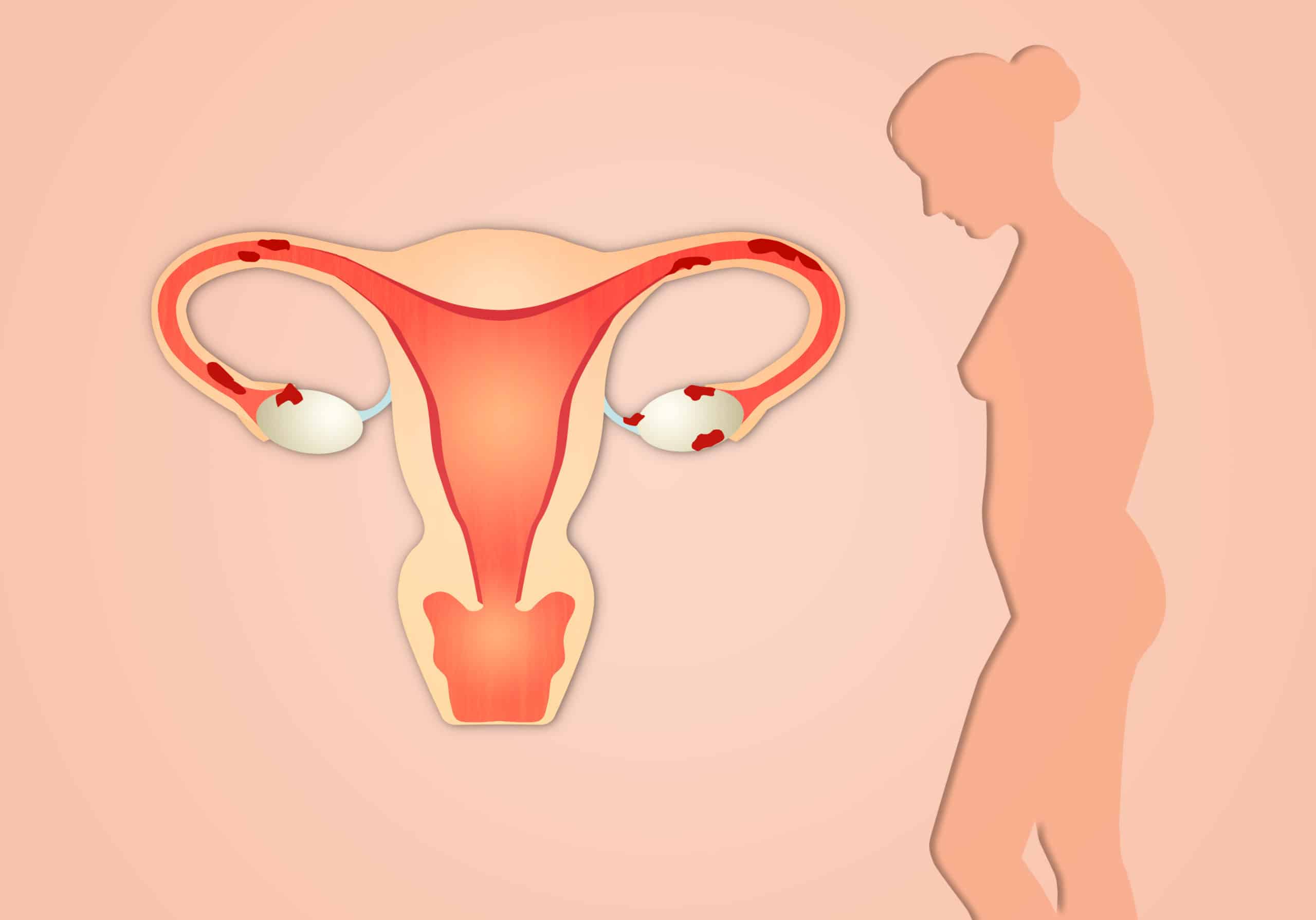
Endometriosis is a disease most common in women between 30 and 40 years old. However, it can appear at any age. In short, endometriosis causes the growth of endometrial tissue outside the uterus. In this way, menstrual flow becomes more voluminous and intense, forming clots.
In this case, the best option is to consult a gynecologist to carry out tests that can confirm the diagnosis. This way, you can recommend the most appropriate treatment. Finally, women who want to get pregnant need to undergo treatment with medicines, hormones, and depending on the case, surgical intervention may be necessary.
3- Myoma
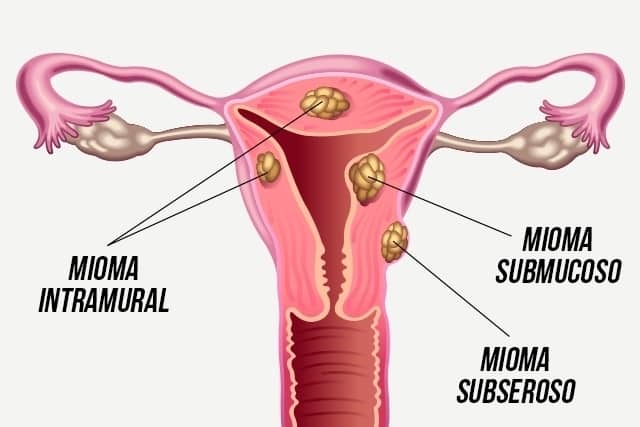
Myoma is a benign tumor that can appear on the inner wall of the uterus. Furthermore, symptoms include pain in the uterus, clots during menstruation and bleeding outside the menstrual period.
In this case, it is important to perform a pelvic ultrasound, which is recommended by the gynecologist, to confirm the diagnosis. Finally, treatment consists of surgery to remove the fibroid and the use of medication.
4- Iron deficiency anemia
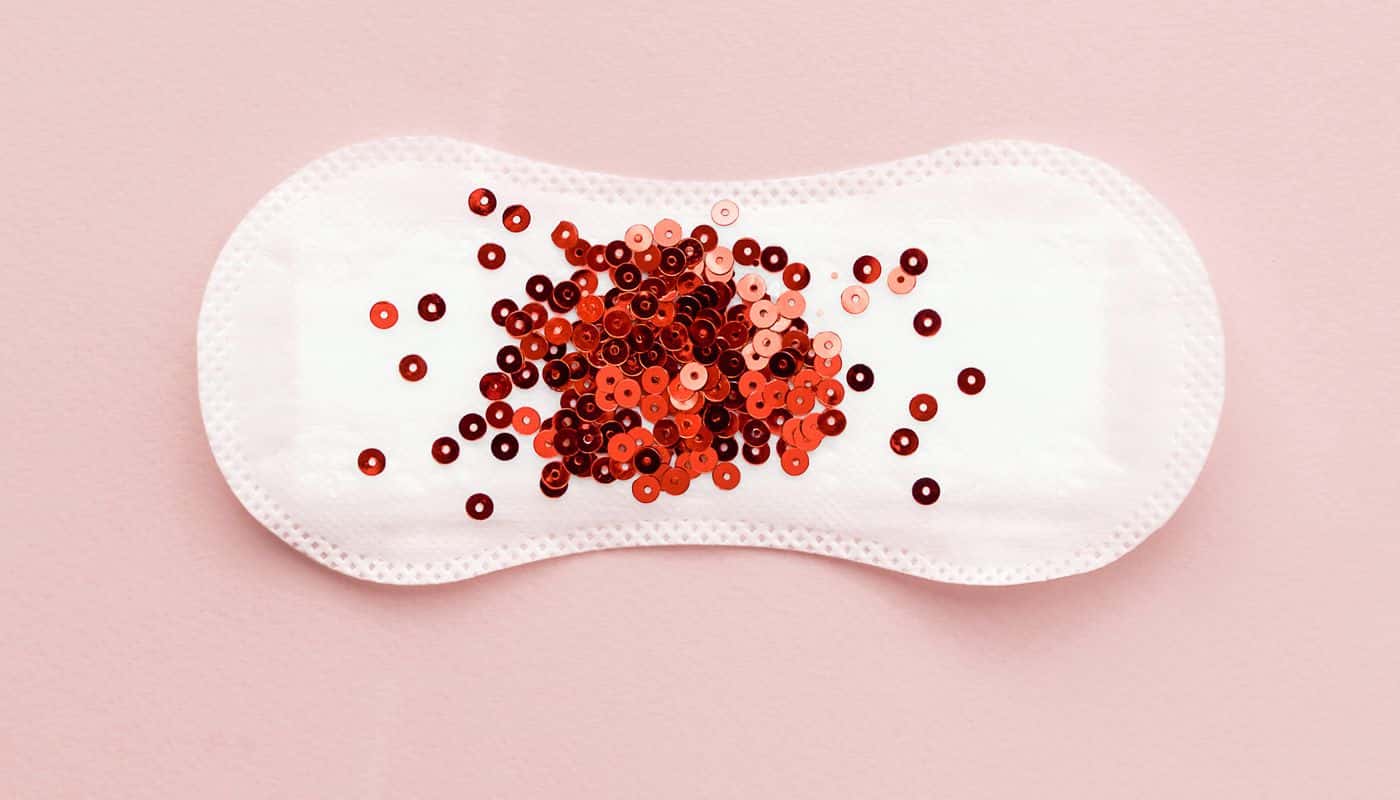
Iron deficiency anemia can also cause clots to form during menstruation. Iron deficiency caused by anemia alters blood clotting. Therefore, the best option is to see a general practitioner to perform a blood test to confirm the disease.
Furthermore, the treatment involves the use of an iron supplement, which is prescribed by the doctor. In addition to consuming foods rich in iron. For example, beans, meats, salad and lentils.
5- Endometrial hyperplasia and polyposis
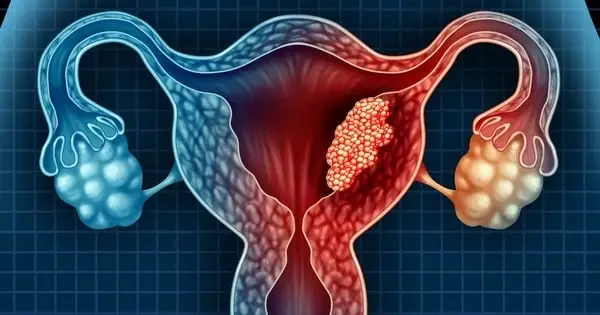
Endometrial hyperplasia and polyposis are diseases of the endometrium. Endometrial hyperplasia is the excessive growth of the endometrium. Polyposis is the formation of polyps in the endometrium. And both can cause clots to form during menstruation.
Finally, the gynecologist must be consulted to identify the disease, in addition to recommending treatment. Which is done through curettage of the endometrial tissue, plus the use of progesterone.
6- Vitamin and mineral deficiency
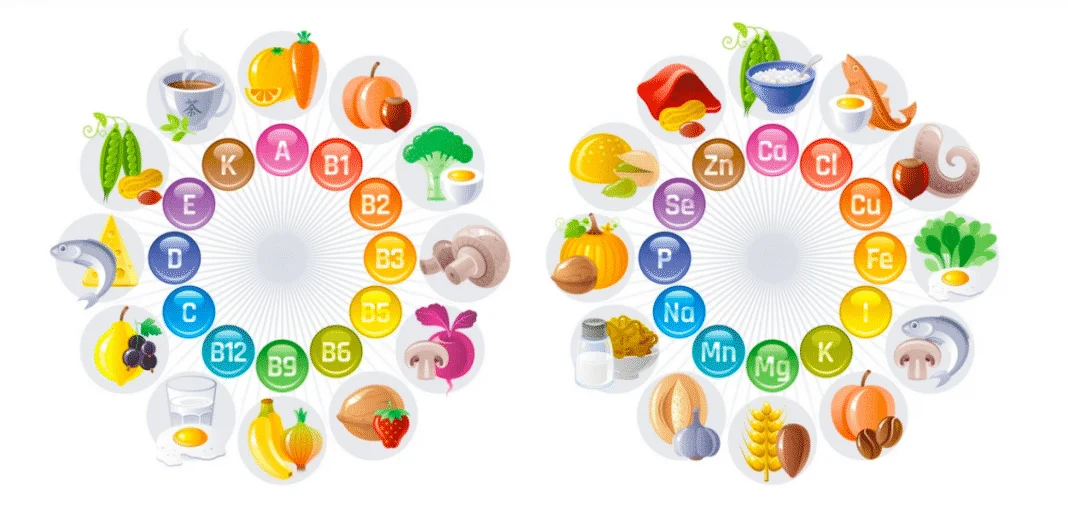
In cases of vitamin C or K deficiency, blood clotting may occur. As a result, it causes clot formation during menstruation. For treatment, it is necessary to identify which mineral or vitamin is deficient in the body and increase the consumption of foods that will increase the necessary amount of the mineral or vitamin.
A good tip is to increase your consumption of spinach, oranges, broccoli, carrots or strawberries. Which will help prevent clot formation during menstruation.
7- Gynecological exams or childbirth
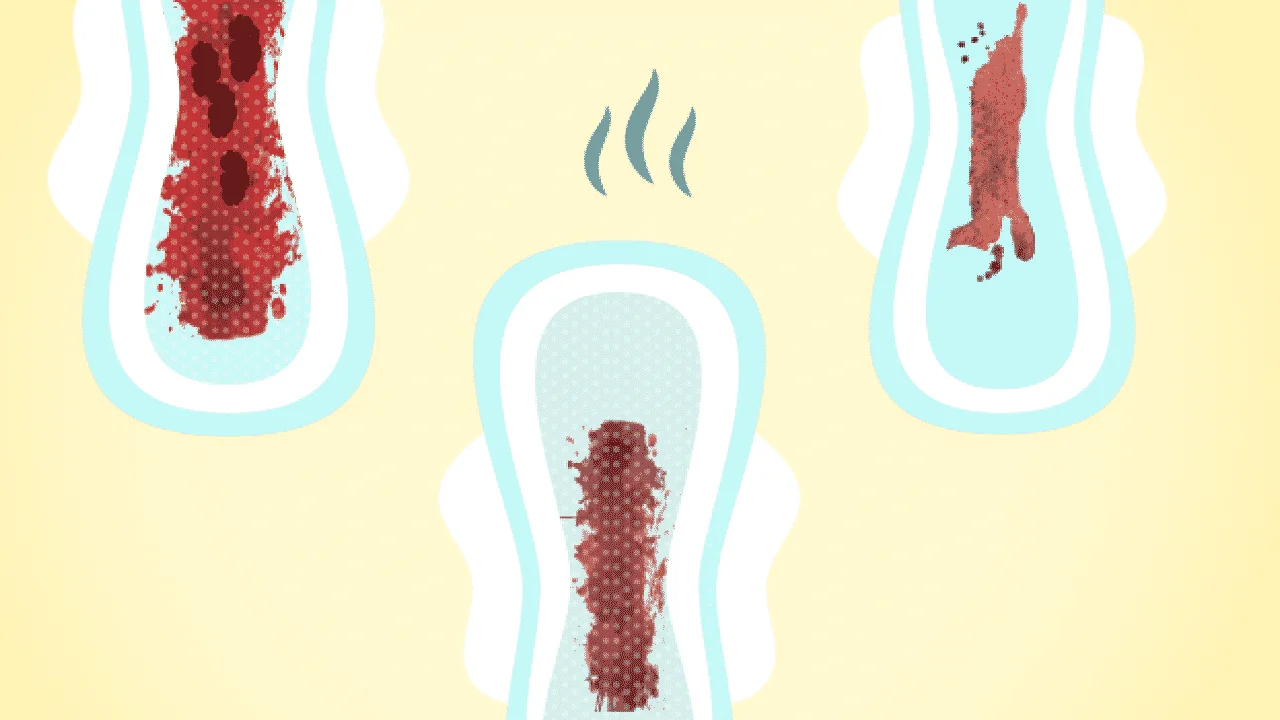
It is common for a clot to form during menstruation after a gynecological examination or birth complication. However, menstruation usually returns to normal after 2 or 3 days. Therefore, if the clots continue to come out, consult a gynecologist.
Furthermore, in some cases the presence of pieces of skin during menstruation is common. These are pieces of the endometrium, but without the presence of color. However, if the appearance of the skin persists for more than 2 consecutive cycles, it is important to see a gynecologist for tests.
So, if you liked this article, find out more about the subject at: Endometriosis, what is it? Symptoms, consequences, treatment, prevention.

Sign up for our newsletter and stay up to date with exclusive news
that can transform your routine!
Warning: Undefined array key "title" in /home/storelat/public_html/wp-content/plugins/link-whisper-premium/templates/frontend/related-posts.php on line 12
Warning: Undefined array key "title_tag" in /home/storelat/public_html/wp-content/plugins/link-whisper-premium/templates/frontend/related-posts.php on line 13

